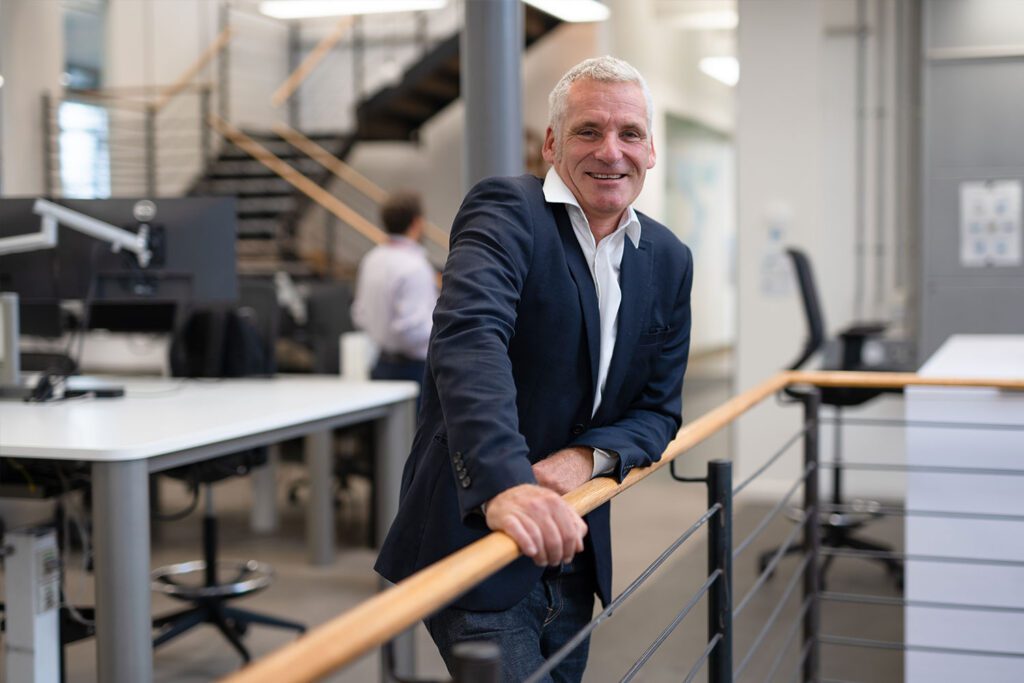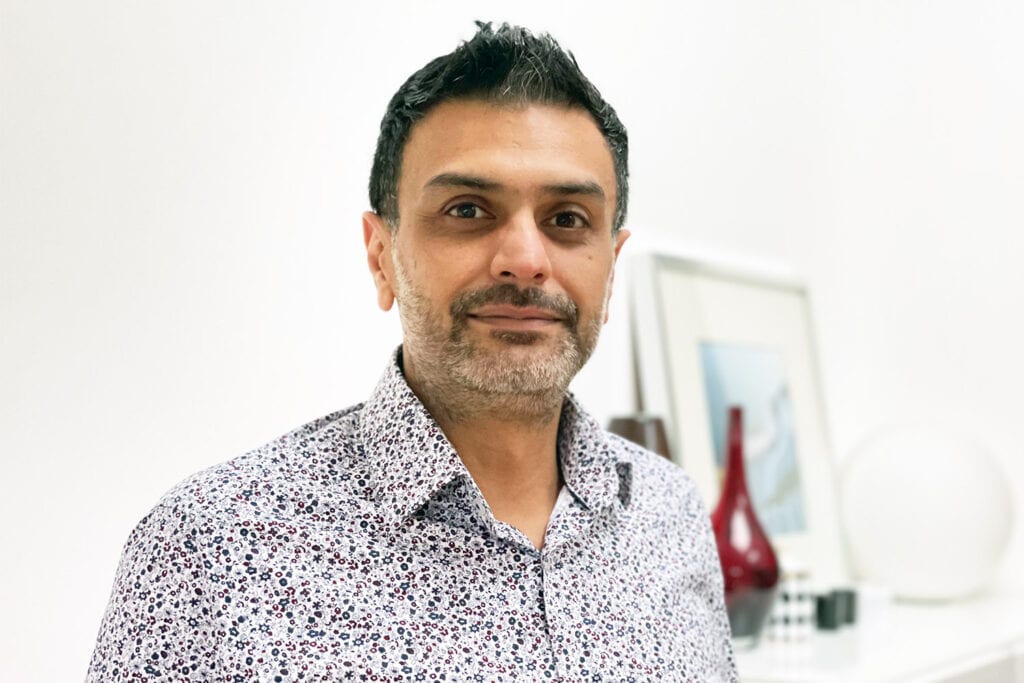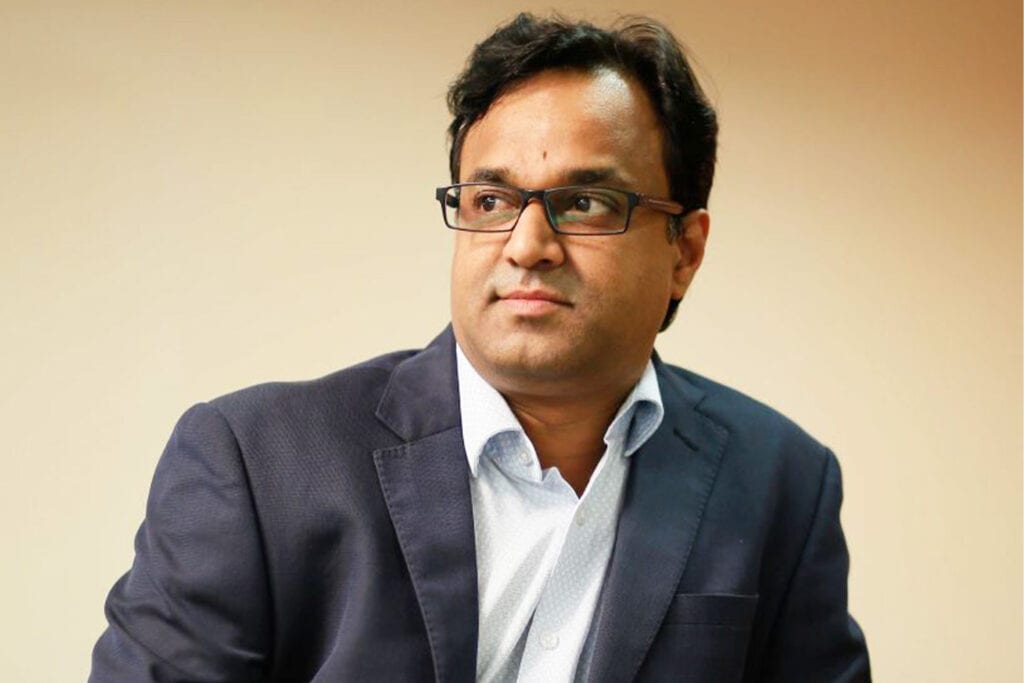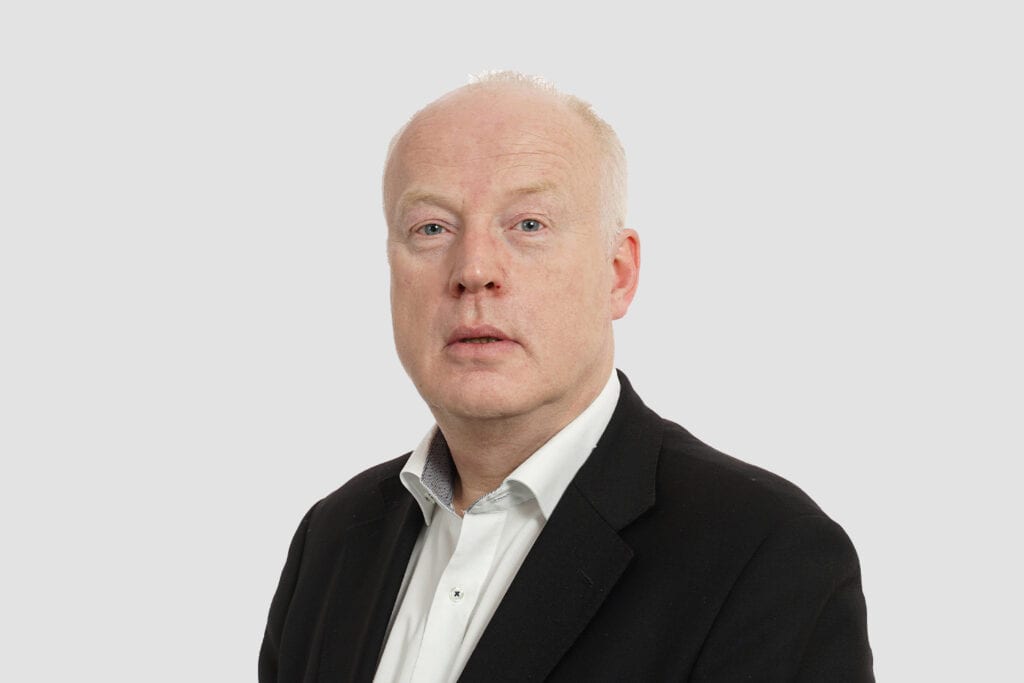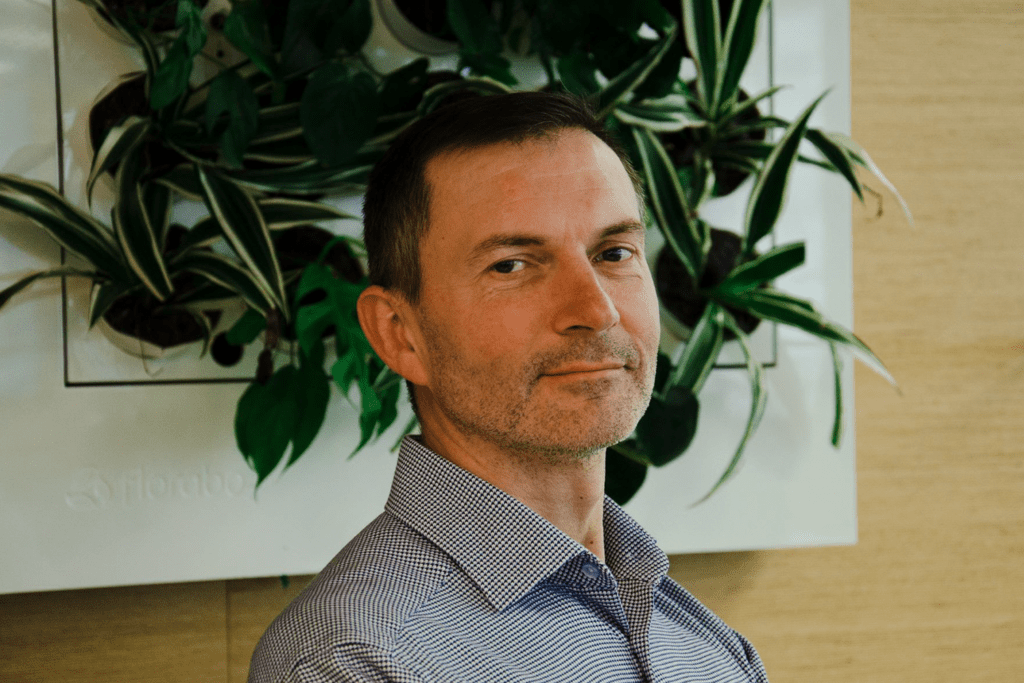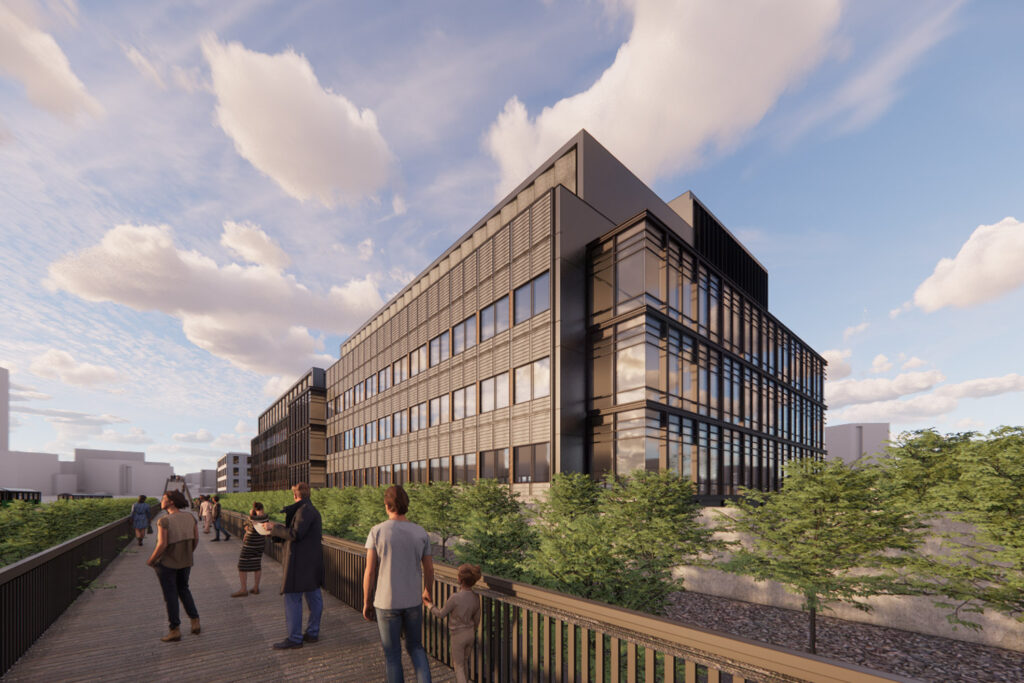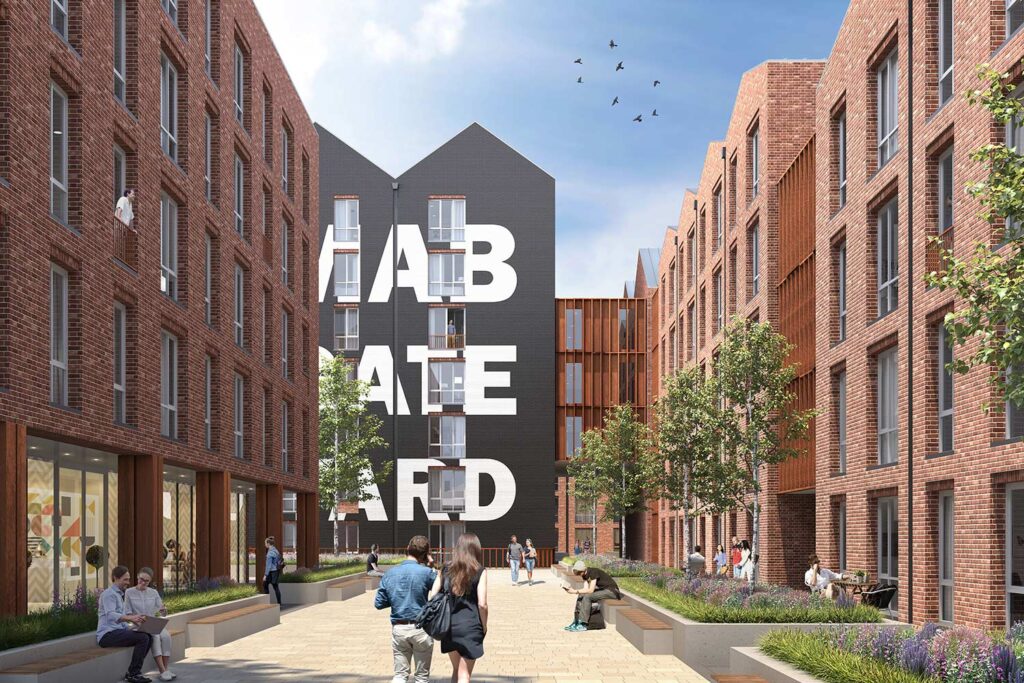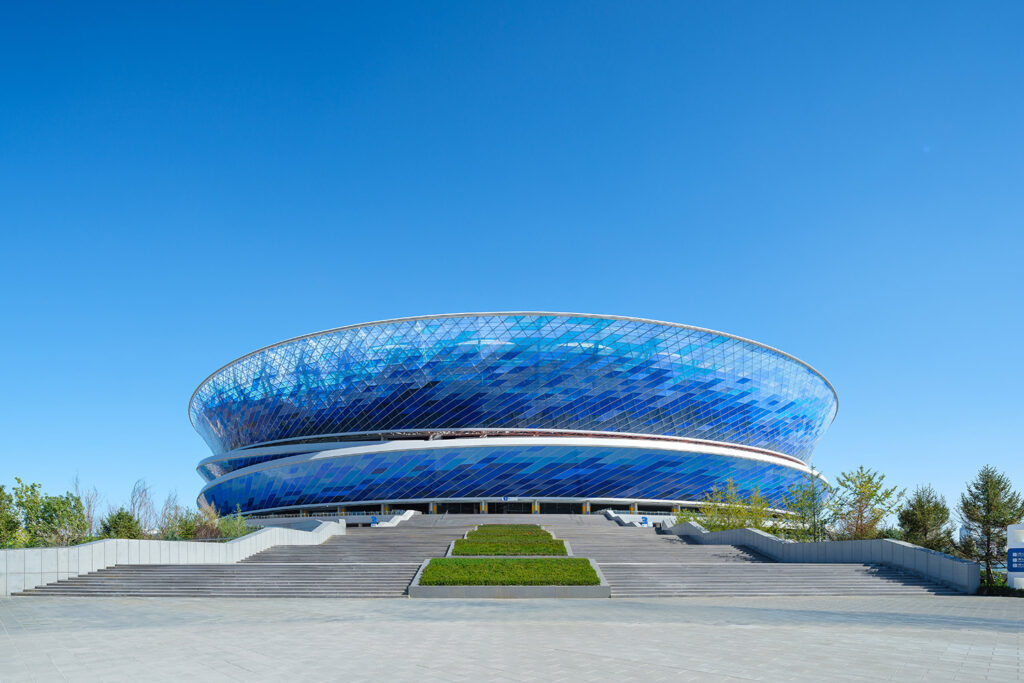
Building Services Engineering (MEP)
Why shouldn’t your project use high performance, low energy building systems?
The operational efficiency of your building is set by the parameters of its building services systems and the quality of its internal environment. Our design approach to your brief is at once innovative and integrated. We embrace the latest technologies to improve performance and sustainability. Using advanced modelling techniques we can analyse the building envelope and its floor layouts. The systems we specify on your behalf are then integrated into the building fabric, to create functional internal spaces and balanced, controllable conditions.
Where practical, passive heating and lighting systems such as natural ventilation, external shading and thermal mass are employed to regulate conditions. These can be combined with active systems, such as air conditioning, to provide high levels of comfort and efficiency. As buildings are responsible for over 40% of all energy consumption, sustainable design is now top of the regulatory and corporate agenda.
Working as part of a team we are able to balance our client’s aspirations with engineering (and often budgetary) constraints, to design high performance, low energy building systems.
Our building services engineering (MEP) services include:
- Holistic design process
- Passive Systems
- Active Systems
- ‘Total view’ sustainability assessments
- Energy savings calculations
- Environmental Regulation Compliance
- ‘Whole life’ costing report of systems and utilities
- ‘Future flexibility’ planning and projection
- Alternative systems assessments for comparison and design
- Existing building assessments, working with our Asset Management team
Planning pays
Given the significant proportional cost of a project, building services require significant planning, in order to be delivered on time and on budget. Our global team brings deep experience on projects from around the world, where climates, codes and standards can vary substantially.
Think ‘whole life’ for your building
Future flexibility for changes of use is considered, both in terms of the engineering systems and commercial viability. To add value to a project we can carry out a ‘whole life’ costing to assess ongoing and initial costs of maintenance, repair, servicing and operation, as well as social and environmental costs. This process can help the design team and the client choose between alternative designs, systems and strategies and to achieve cost control and certainty right from the start.
